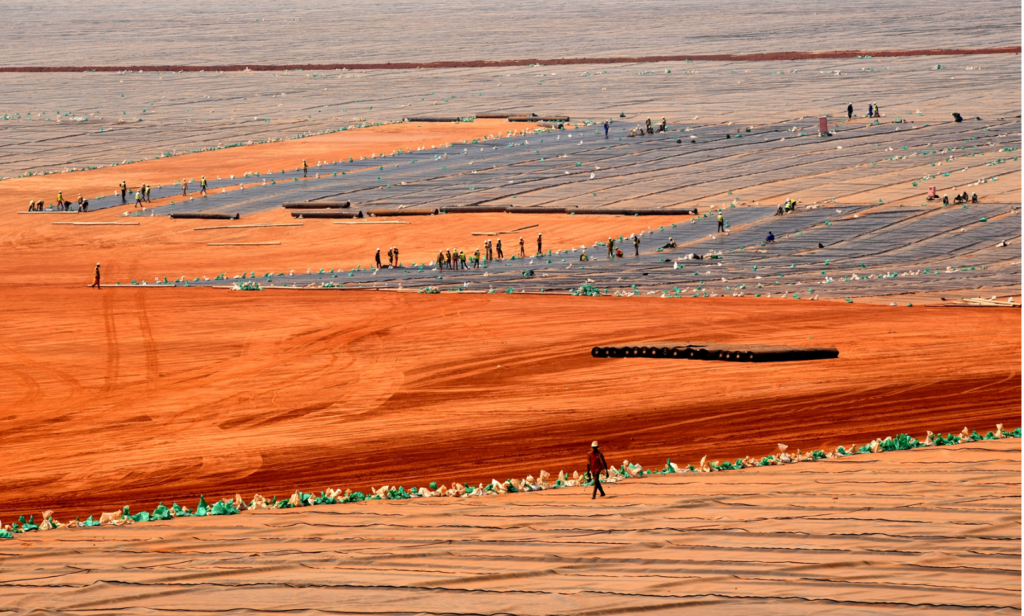Why should geomembrane be installed in bridge projects?
The geomembrane is waterproof and can prevent groundwater or rainwater from penetrating into the structure, causing damage and corrosion.
Geomembrane has an anti-seepage effect and can prevent harmful substances from penetrating into the soil and groundwater and causing environmental pollution.
Geomembrane has an isolation effect and can prevent soil layers from mixing and interpenetrating, affecting the stability and safety of the project.
Geomembrane has a reinforcing effect, which can improve the bearing capacity and stability of soil and reduce soil settlement and deformation.

What are the application ranges of geomembrane?
Geomembranes can be used for anti-seepage, anti-seepage, anti-seepage, anti-seepage, anti-seepage, anti-seepage, anti-seepage, anti-seepage and anti-seepage in roadbeds, embankments, bridges, tunnels and other parts to ensure the safe operation of traffic projects.
At the same time, geomembranes can also be used for the repair and reinforcement of traffic projects to improve the earthquake resistance and flood resistance of traffic projects.
In roads such as highways, railways, airports, etc., geomollars can be used in the anti -seepage, anti -infiltration, anti -leakage, anti -seepage, anti -seepage, anti -seepage, anti -seepage leakage, and anti -seepage leakage of road bases, embankments, embankments, bridges, bridges, bridges, bridges, bridges, tunnels, etc. Safe operation of traffic engineering.

Installation process of geomembrane in bridge engineering
The surface of the installation base must be compacted and leveled, and sharp objects such as tree roots, stones, glass, and iron nails must be removed; the Yin and Yang corners of the base must be rounded and rounded, with a radius of ≥50cm, and the surface of the welding seam must be cleaned; in civil engineering, supervision, and owner , After the construction party has signed and approved the acceptance, the construction of geomembrane can be carried out.
The temperature should generally be above 5°C, the geomembrane should be tense at low temperature, and the geomembrane should be relaxed at high temperature.
During geomembrane installation and construction, 2% to 5% of the expansion amount should be appropriately pre-deployed according to the specific site conditions and climatic conditions at the time; the wind force is below level 4; when the temperature is too low, construction should generally not be carried out in windy, rainy and snowy weather above level 4; in windy weather , When the wind affects the construction of the geomembrane, the geomembrane to be welded should be pressed firmly with large stones or sand bags.
Laying of geomembrane: The laying of geomembrane means that the arrangement direction of the joints in the entire anti-seepage system is parallel to the foot line of the large slope, that is, it is arranged along the slope direction.

